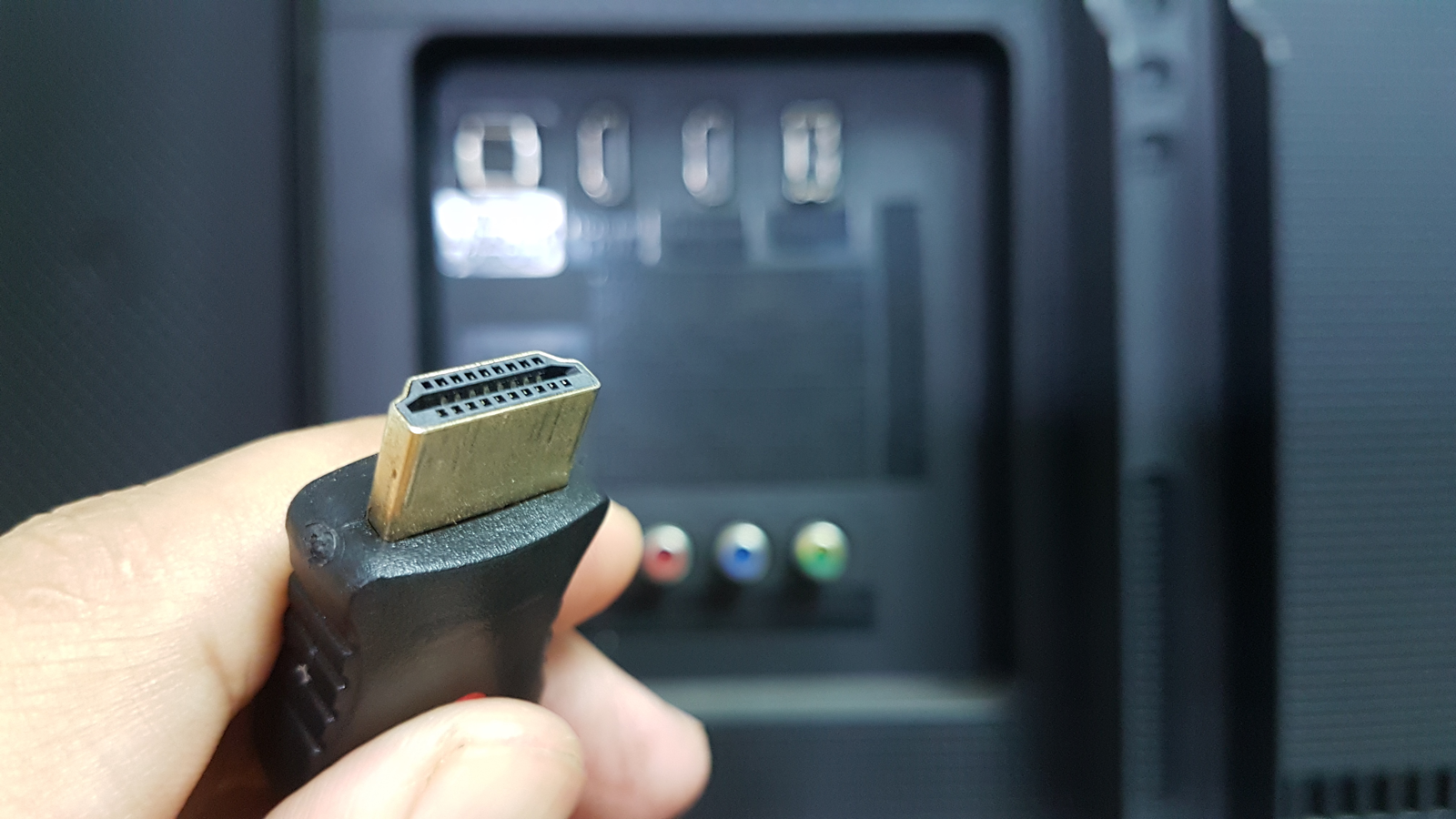
Jack Loughran Fri 11 Apr 2025
Collected at: https://eandt.theiet.org/2025/04/11/chinas-gpmi-cable-could-replace-hdmi-and-usb-faster-data-and-higher-power
A new cable designed to replace HDMI and USB by offering more data bandwidth and power availability has been unveiled by a consortium of Chinese tech firms.
The General Purpose Media Interface (GPMI) integrates functions such as video, data, network connection and power supply into one cable – all currently possible with standard USB cables, but offering a higher throughput for all elements.
The Shenzhen 8K UHD Video Industry Cooperation Alliance, which is a consortium of over 50 tech companies, said the most powerful version of the standard offers a sizeable 192Gbps bandwidth – more than double the 80Gbps that USB4 V2 currently supports – and up to 480W of power, which is nearly five times the 100W that today’s USB4 and Thunderbolt cables are currently able to deliver.
While USB4 is capable of charging laptops, phones and smaller devices, GPMI cables could in theory be used to provide power to more energy-hungry gadgets such as flatscreen TVs, powerful desktop computers or household appliances. The standard has been designed for 8k video throughput as standard – a resolution that only has minimal support on premium displays at the moment, but is expected to become more ubiquitous with time.
The consortium also unveiled GPMI Type C, another less powerful version of the standard that works in the USB C form factor, but still offers increased data bandwidth of 96Gbps and up to 240W power delivery.
Chinese chipmaker HiSilicon said that GPMI is needed “urgently” because current technologies place limits on the “future development needs” of tech firms. It would also help to eliminate the confusing mass of different cable standards that consumers have to deal with including Ethernet, HDMI, DisplayPort and USB C.
GPMI offers daisy-chaining technology, which means that multiple devices can be connected in series, all powered by one outlet, with data flowing between the different devices.
The Cooperation Alliance said the technology will be first made available on smart TVs made by Chinese brands, although Western and Japanese firms have yet to say whether they will adopt the standard.

Leave a Reply